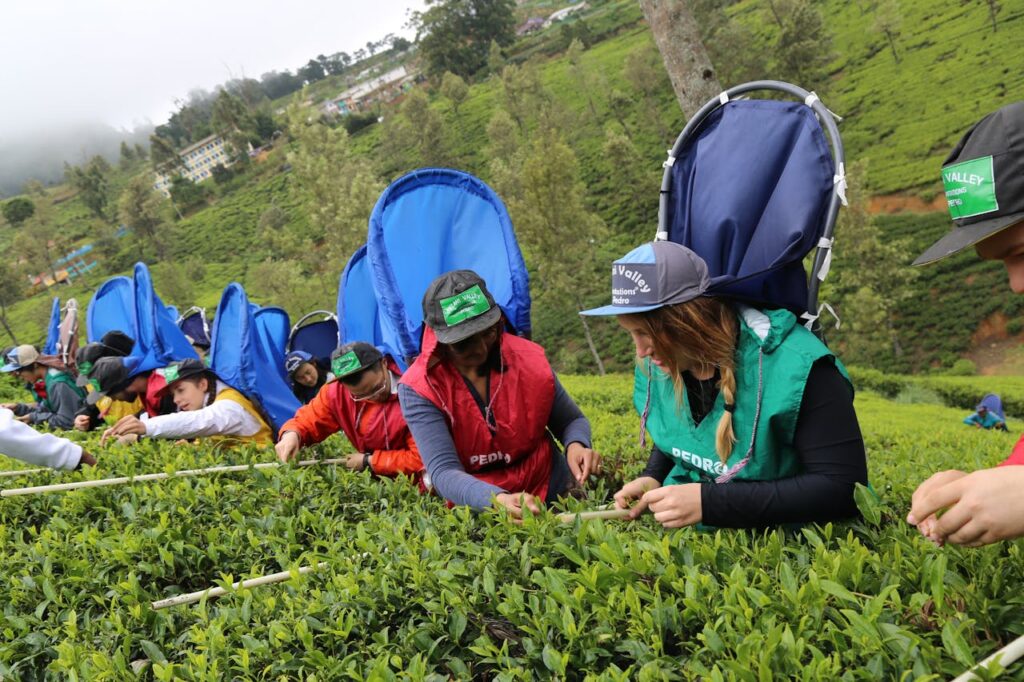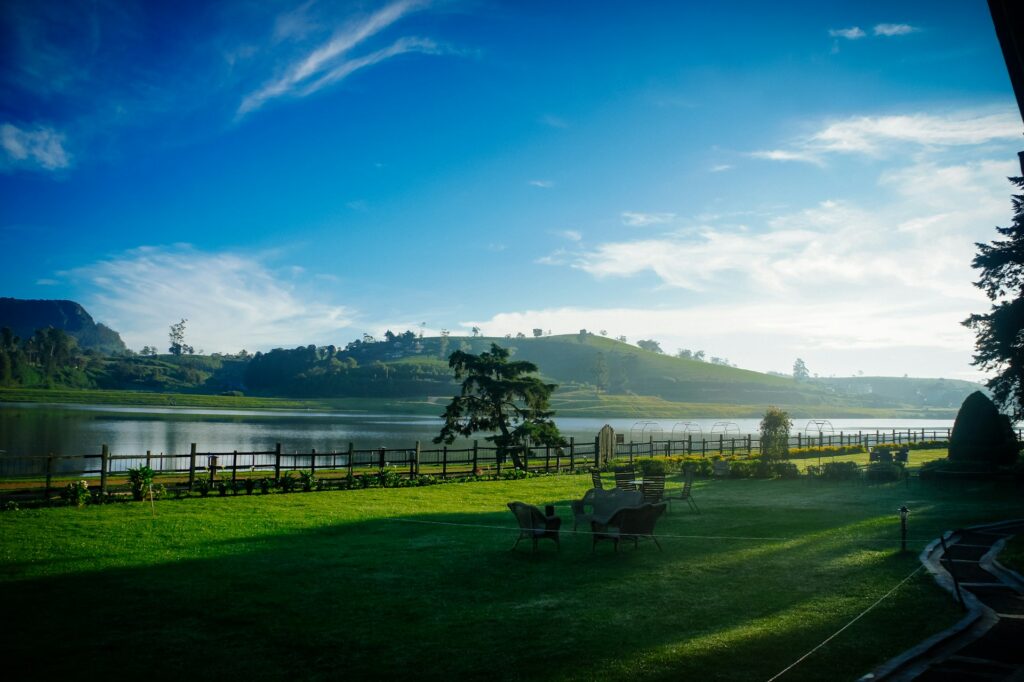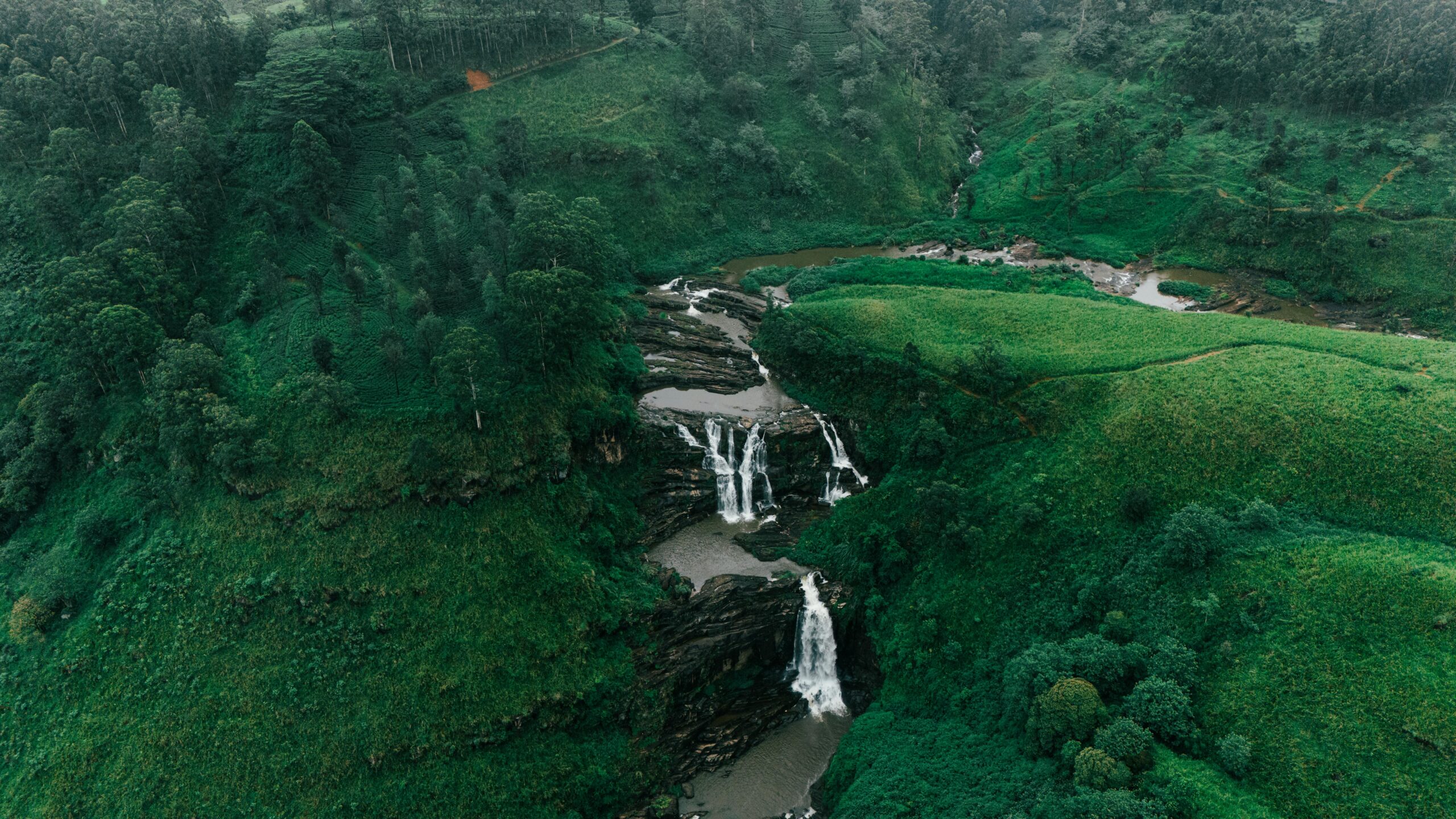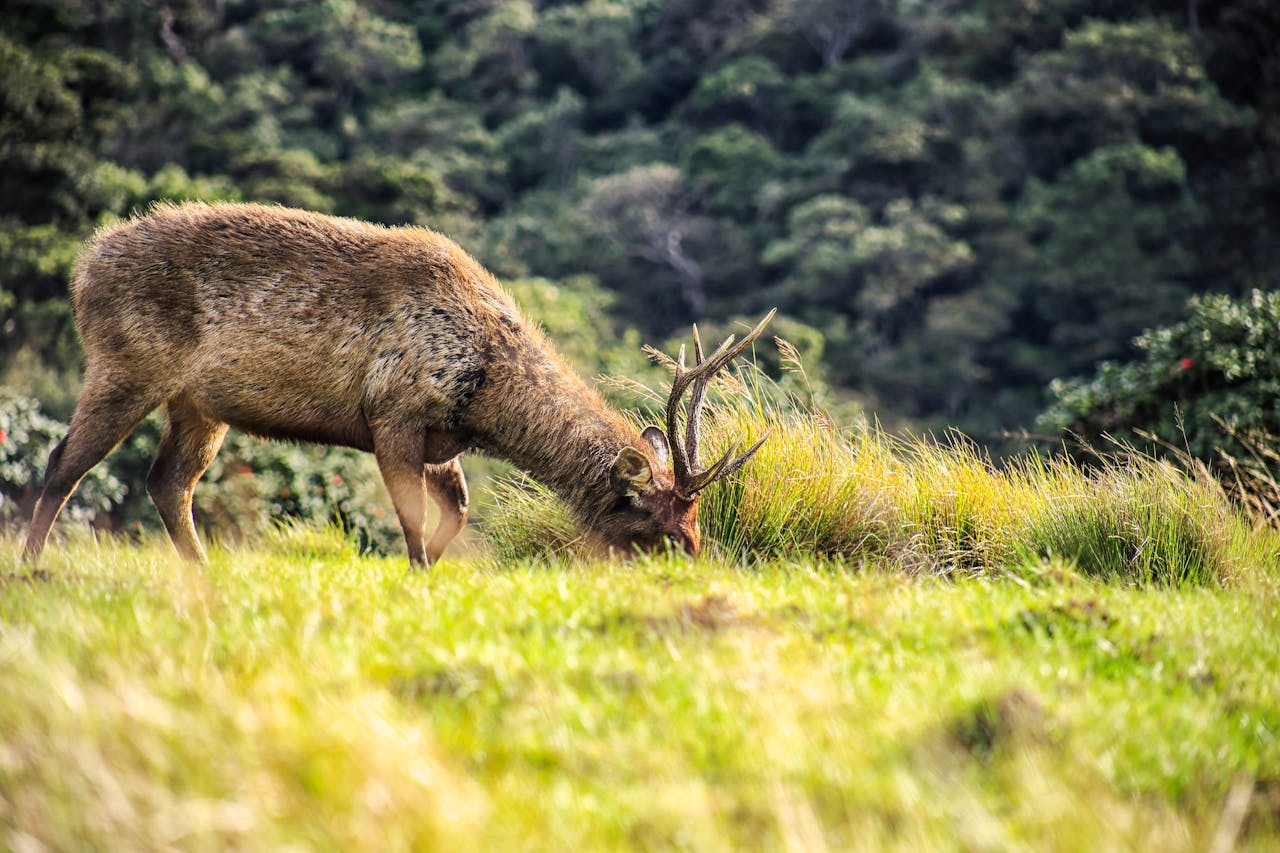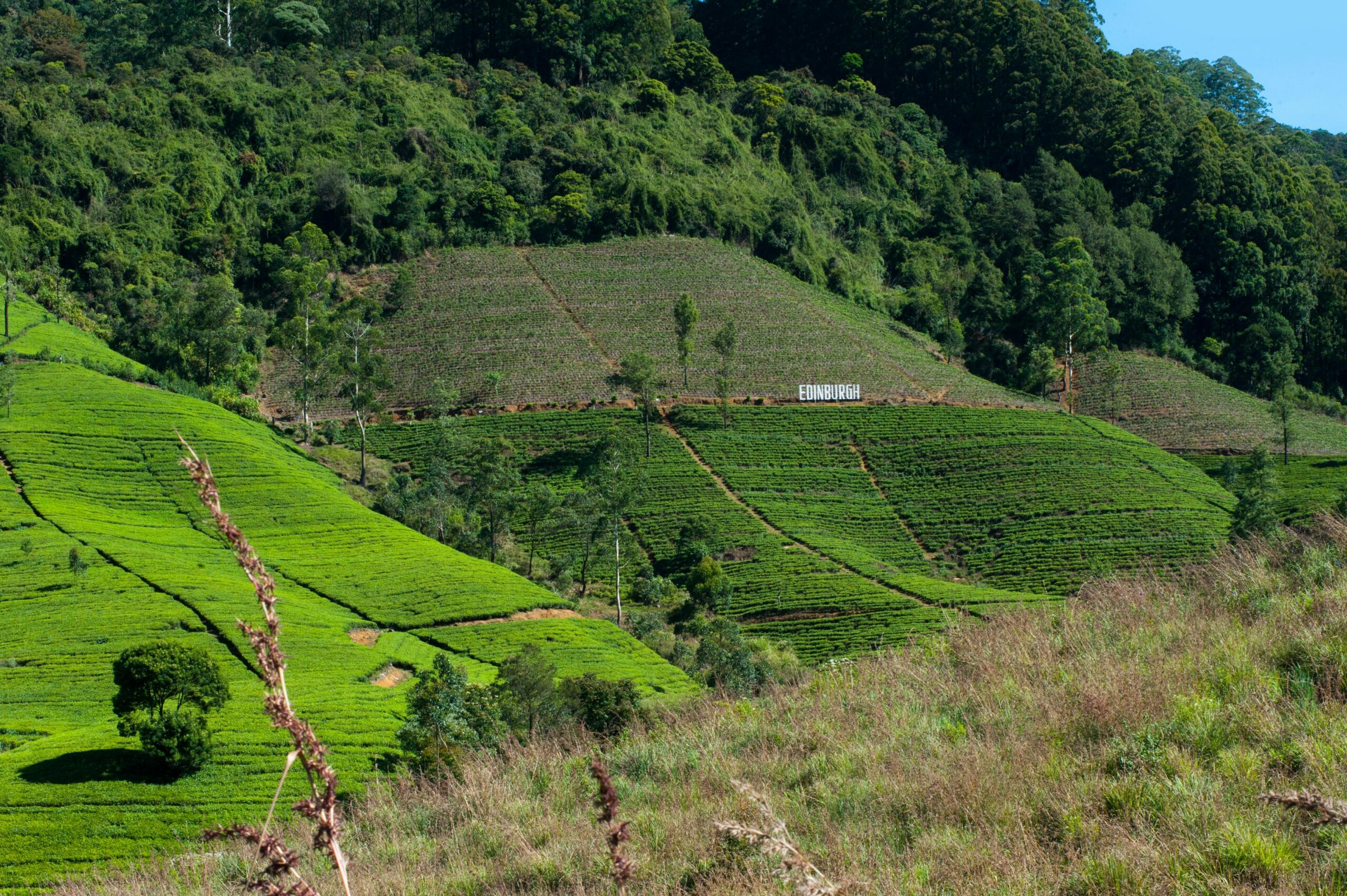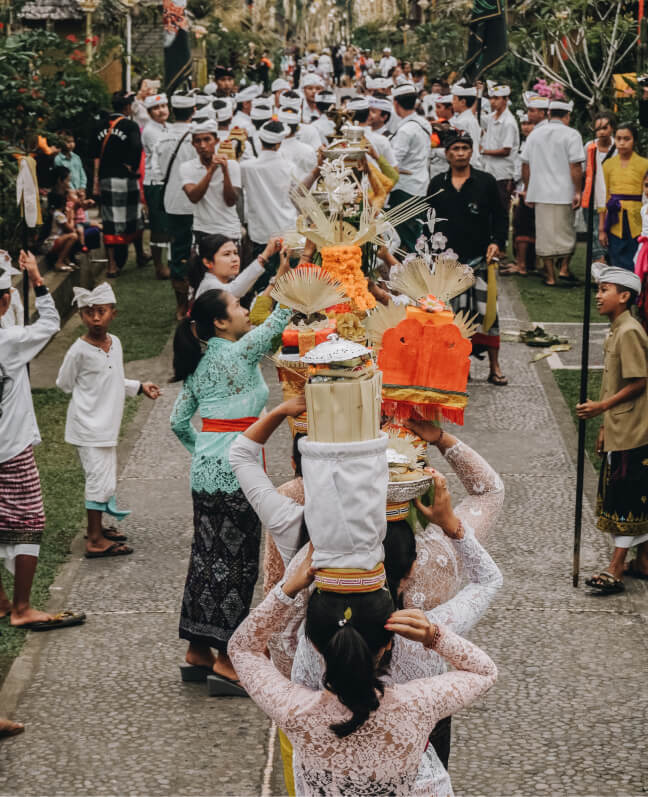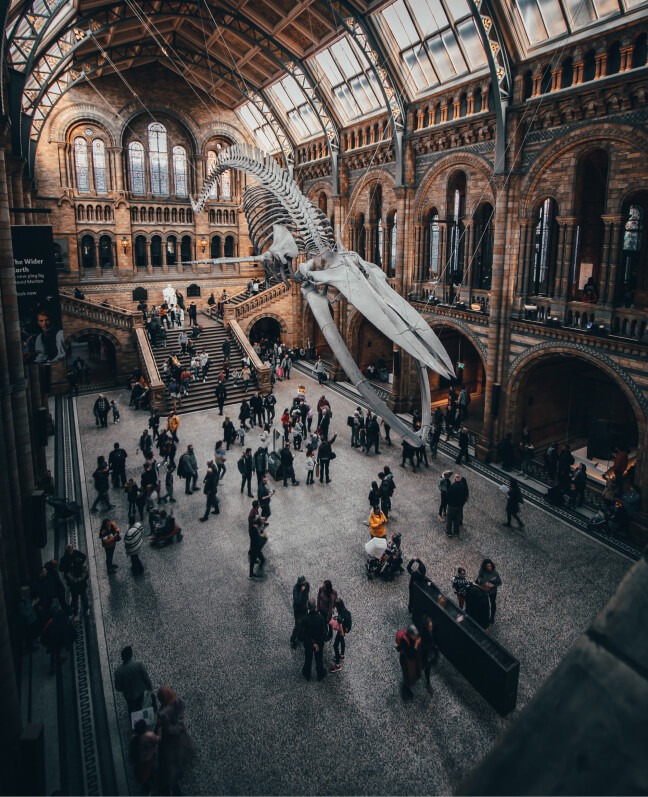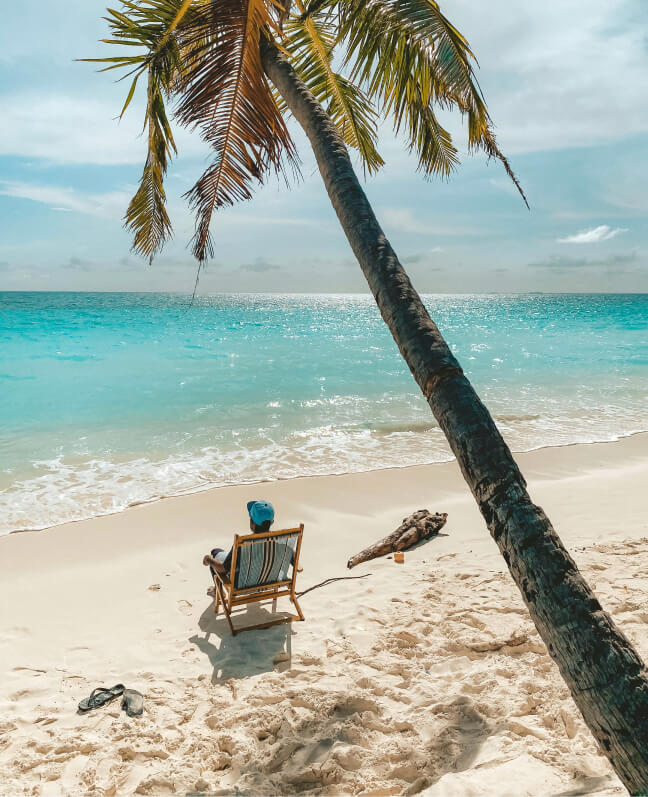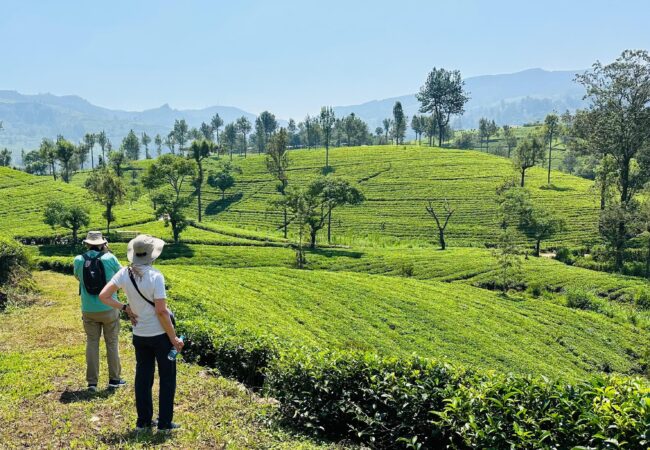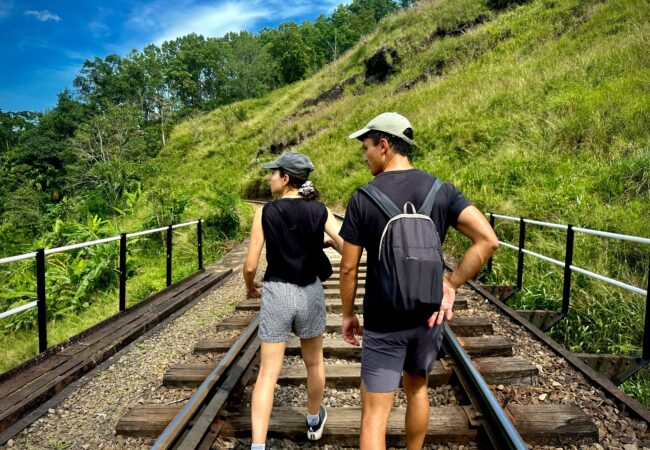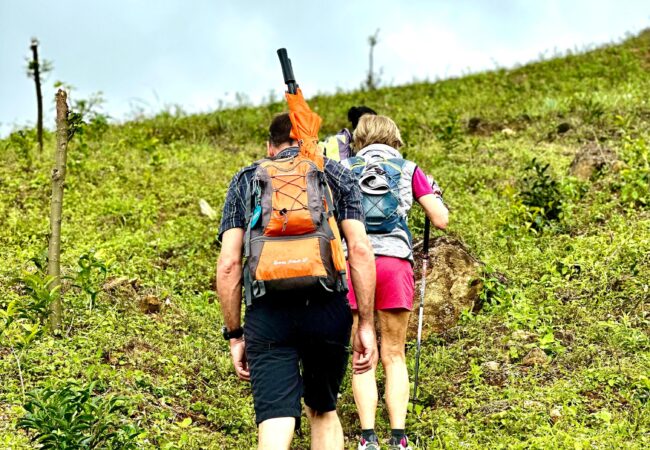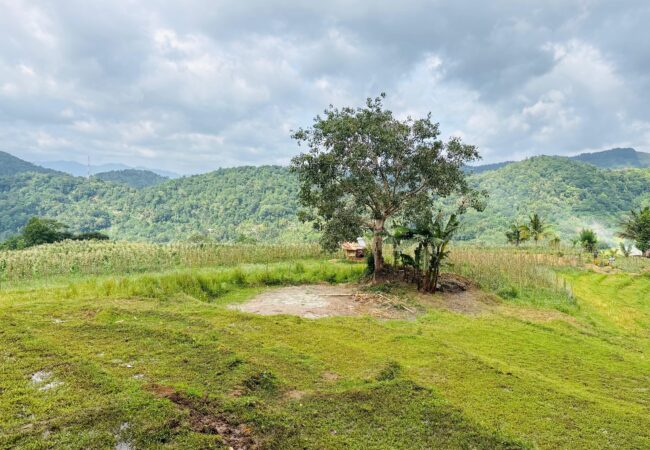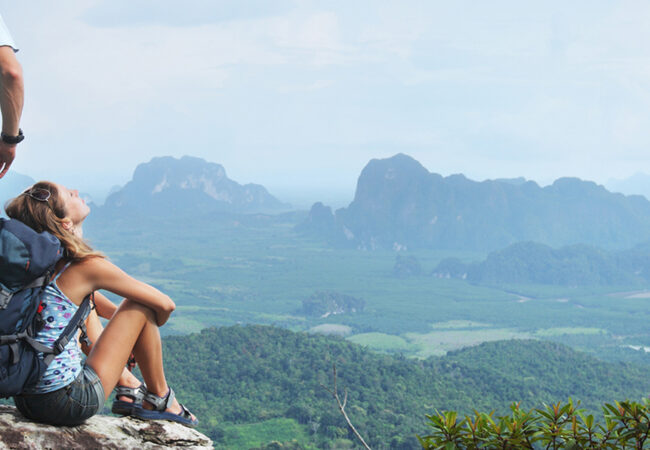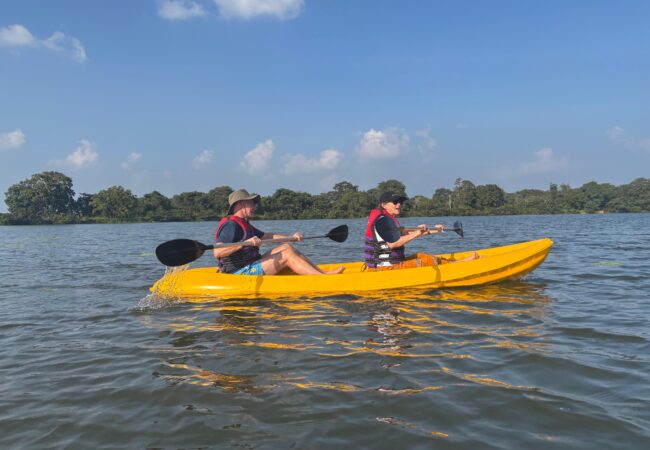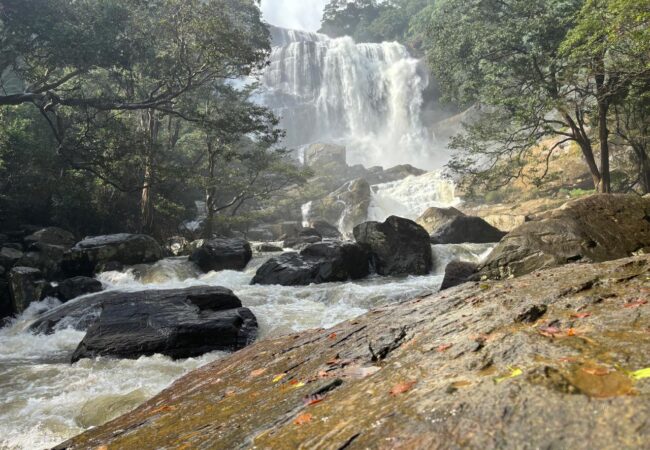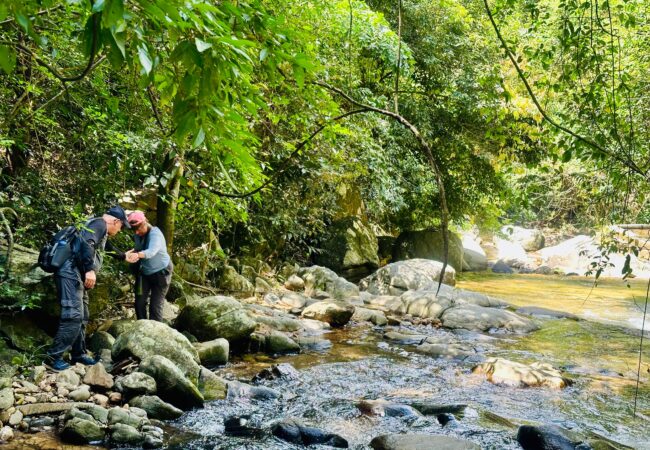Welcome To Nuwara Eliya
Nuwara Eliya, often referred to as “Little England,” sits at an elevation of 1,868 meters (6,128 feet) in Sri Lanka’s central highlands. Established in 1846 by British explorer Samuel Baker, this hill station became a favored retreat for colonial administrators seeking respite from the tropical heat. The town’s architecture reflects its British heritage, with Tudor-style buildings, country cottages, and well-manicured gardens creating a distinctly European atmosphere in the heart of Sri Lanka. The region’s cool climate, averaging 16°C year-round, enabled the British to establish extensive tea plantations that continue to produce some of the world’s finest high-grown teas. Today, Nuwara Eliya remains Sri Lanka’s most important tea-producing region, with estates like Pedro Tea Factory maintaining traditional production methods while adapting to modern sustainable practices. The surrounding landscape features dramatic mountains, including Pidurutalagala (2,524m), Sri Lanka’s highest peak.

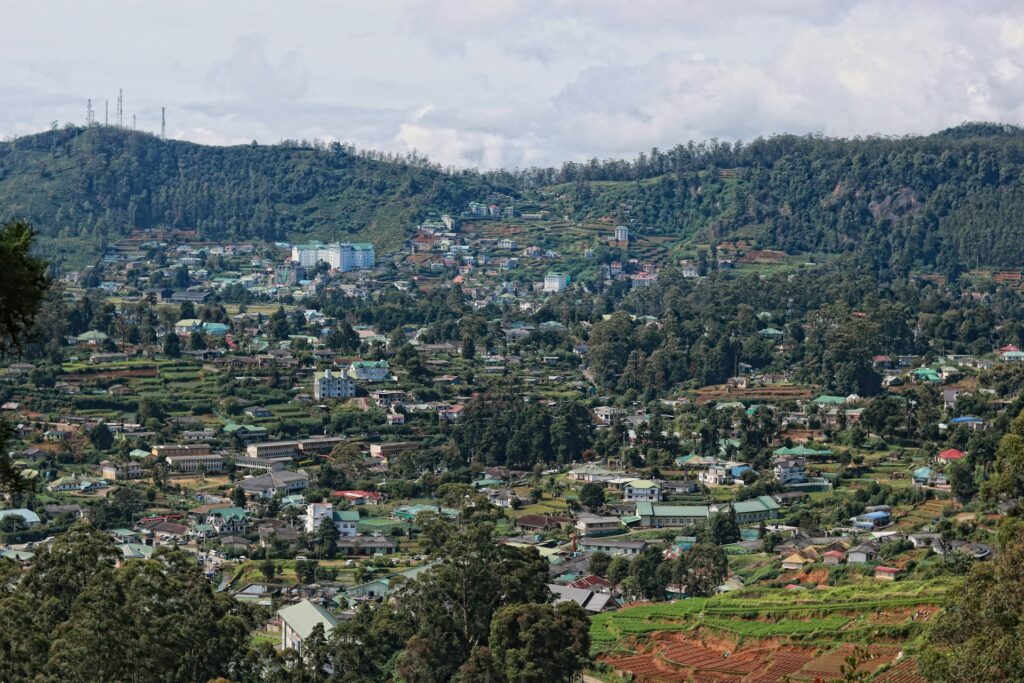
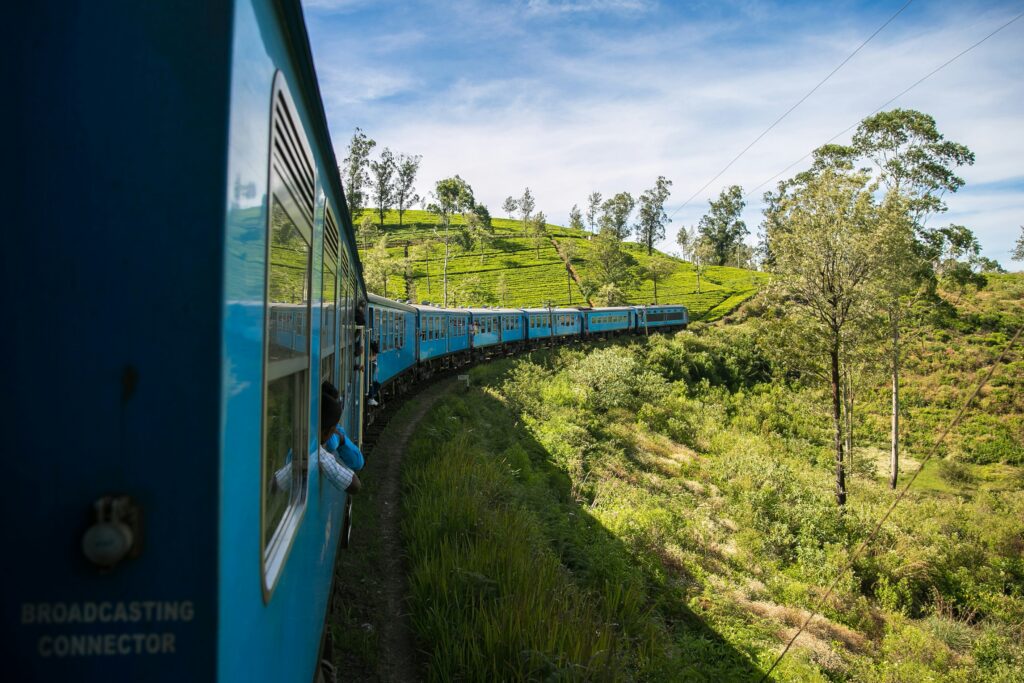
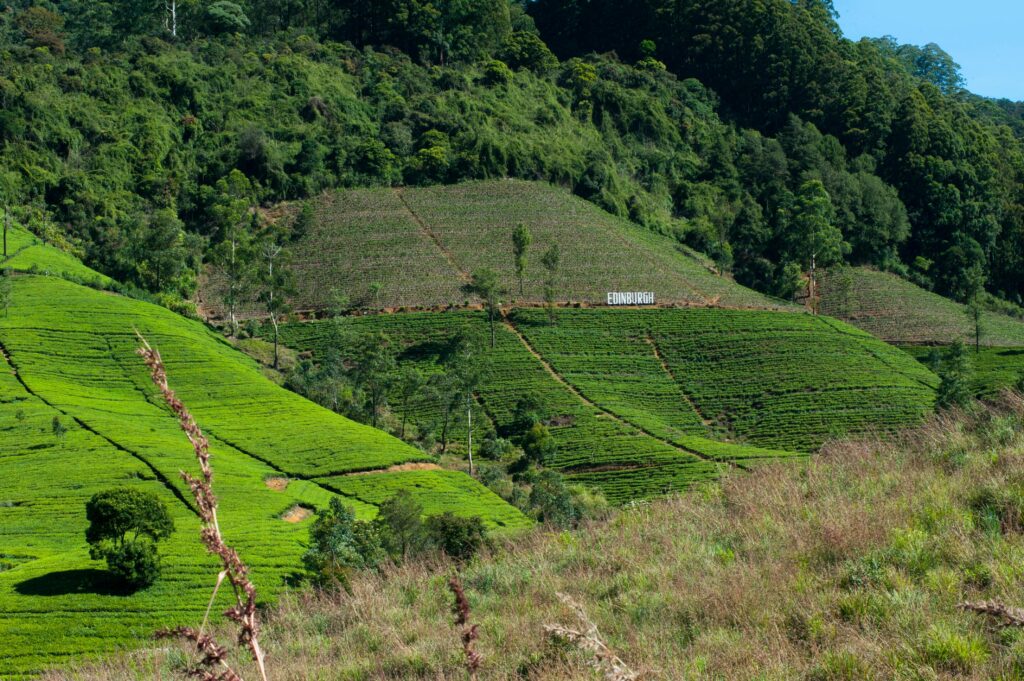
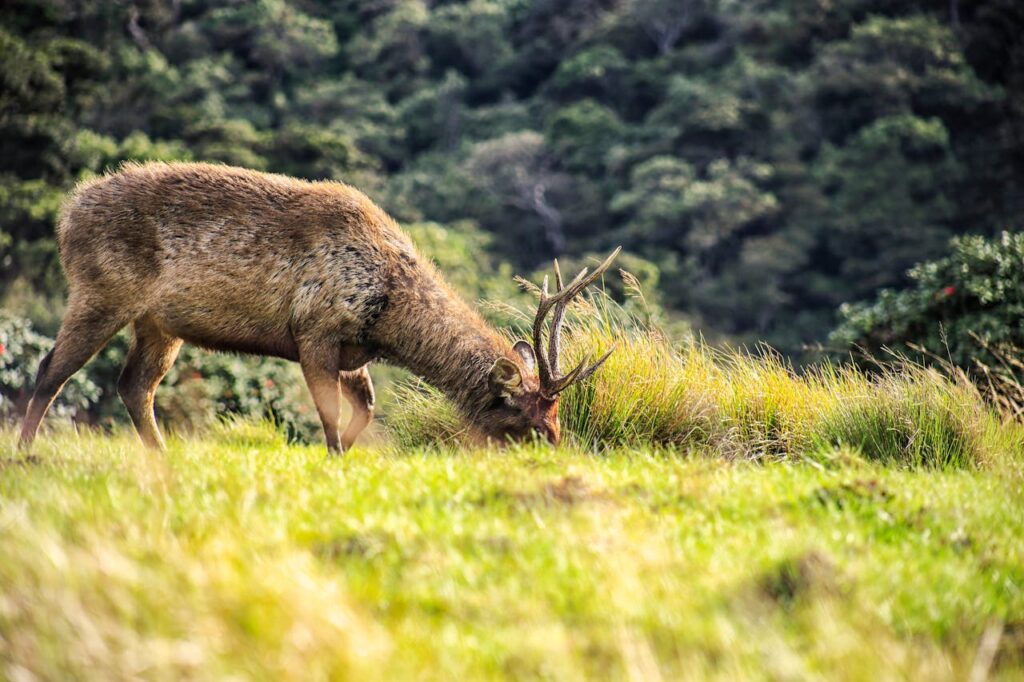
Heaven On Earth
Nuwara Eliya offers a unique blend of colonial charm and natural splendor, with its cool climate providing a refreshing contrast to Sri Lanka’s tropical lowlands. The town’s centerpiece, Gregory Lake, was created in 1873 by Governor William Gregory and serves as a recreational hub with boating, water sports, and picturesque promenades. The meticulously maintained Victoria Park showcases exotic flora and serves as a haven for rare bird species, including the Kashmir flycatcher and Indian blue robin. Nearby Horton Plains National Park features a remarkable ecosystem known as cloud forest, home to endemic species and the dramatic World’s End escarpment with its 880-meter sheer drop.
- Tea plantation tours, factory visits, tea tasting.
- Colonial heritage walks, botanical gardens.
- Hiking, nature trails, wildlife observation.
- Golf at one of Asia’s oldest courses.
- Family-friendly boat rides, pony rides, park visits.
- Colonial-style accommodations, high tea experiences.
